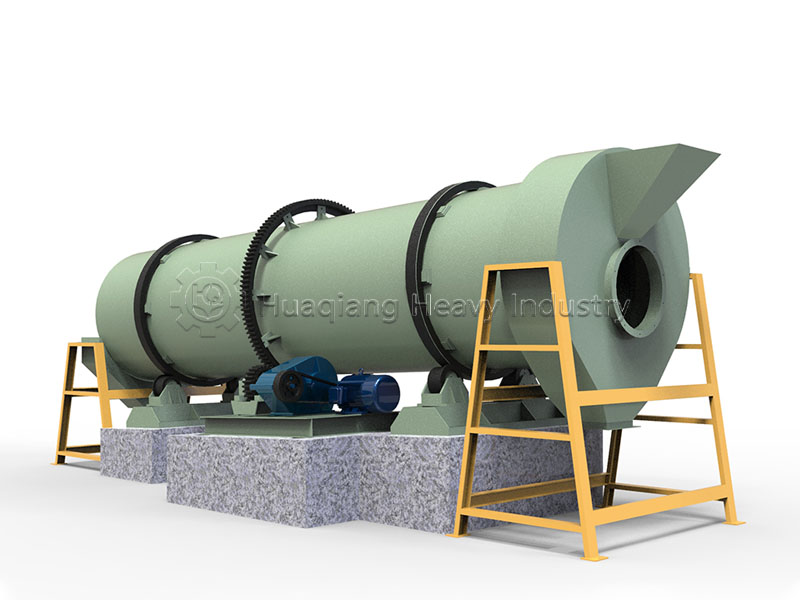When selecting a coating machine, fertilizer companies should consider their own production needs and focus on three key factors to avoid mismatching the equipment with their production.
First, consider compatibility with the particle characteristics. For large fertilizer particles (diameters over 5mm), a wide-channel coating machine with an anti-sticking guide structure is recommended to prevent particle accumulation and blockage within the channel. For particles with high moisture content (above 12%), a conveyor assembly with an anti-stick coating is preferred. For organic fertilizer particles containing fibrous impurities, it is also important to confirm whether the coating machine is equipped with a pre-filter to prevent impurities from entanglement with mechanical components.

Second, consider capacity compatibility. For small-scale production (daily production capacity under 50 tons), a batch coating machine can be selected, offering flexible batch adjustments and suitable for producing a variety of fertilizers in small batches. For large-scale production (daily production capacity over 100 tons), a continuous machine is recommended to ensure that the conveyor speed is synchronized with the material feed rate.
Finally, consider the compatibility of the coating material. If using PE film, confirm that the equipment’s heat-sealing temperature range covers 100-130°C. If using functional coating materials (such as films containing anti-caking agents), check that the equipment’s tension system supports low-tension adjustment to avoid film breakage and impacting performance. Additionally, pay attention to the equipment’s adaptability to film widths and whether it can be flexibly adjusted to accommodate different packaging specifications, minimizing material waste due to film mismatches.